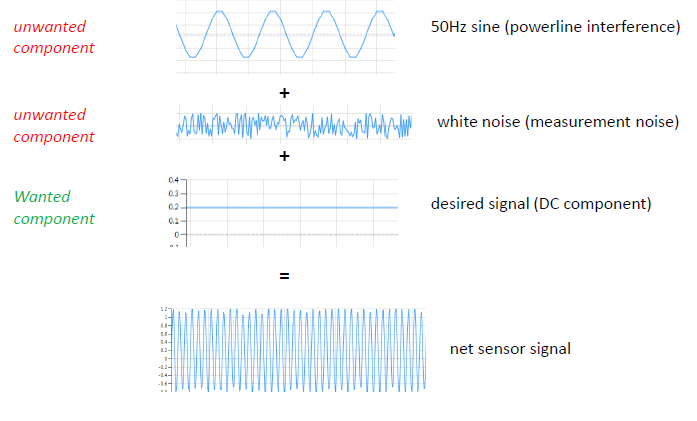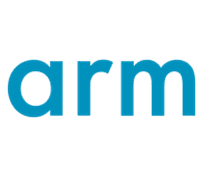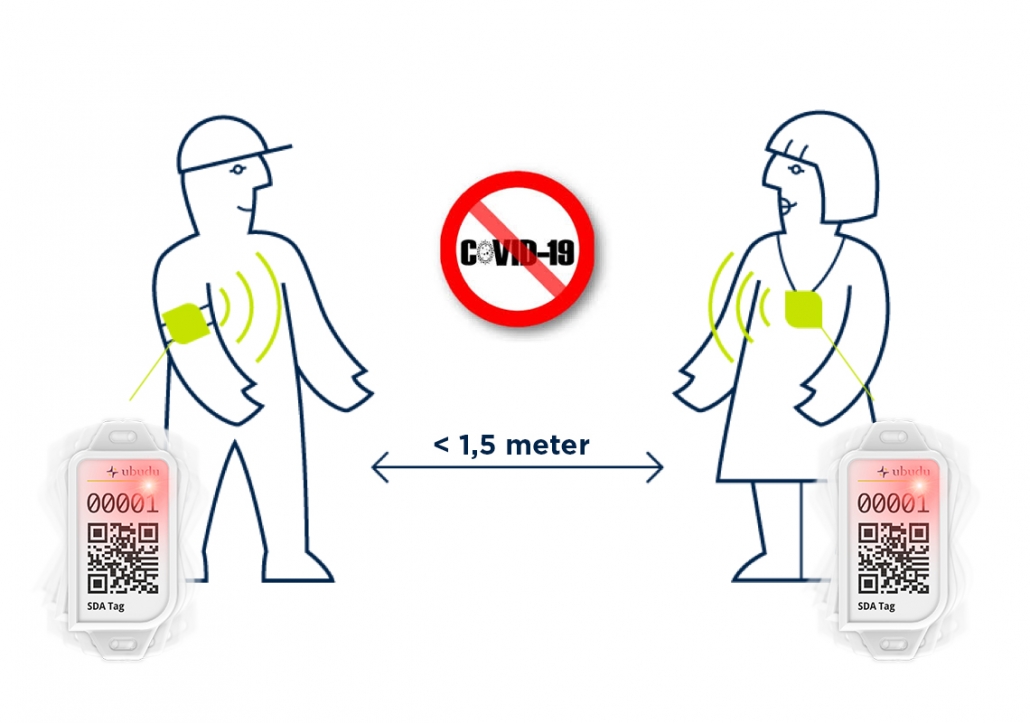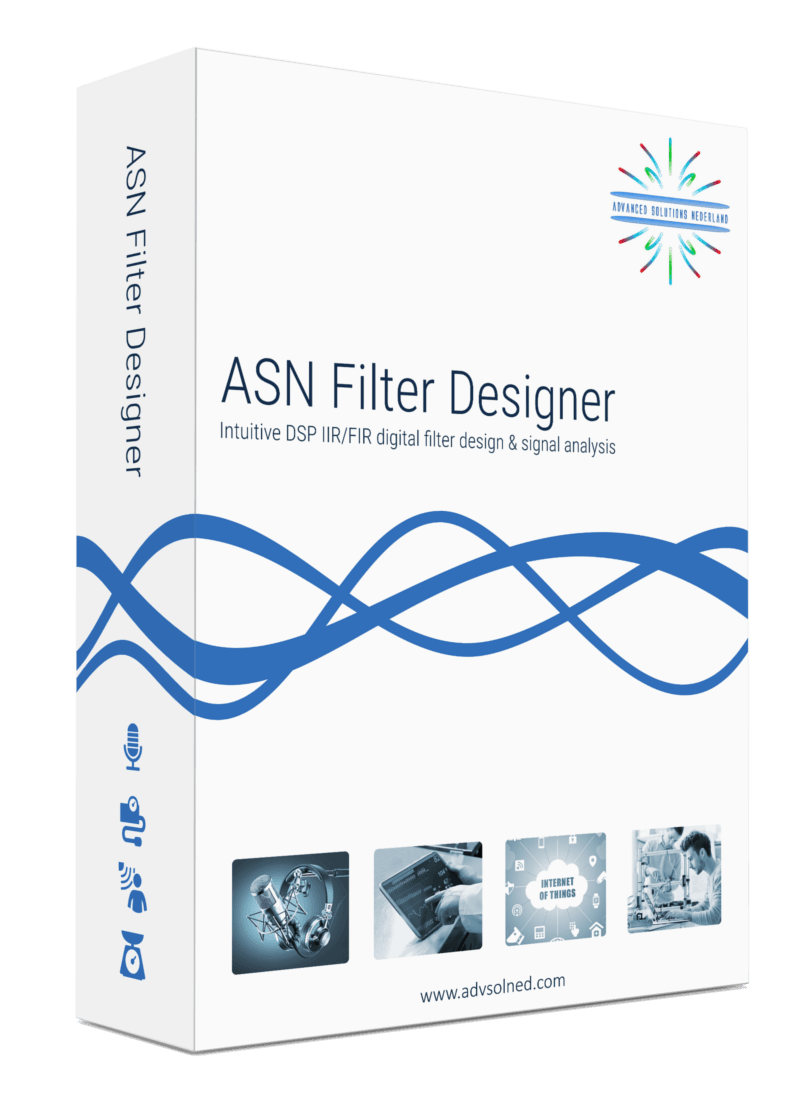While the developments in the use of drones are going very fast, most of its use is still in an experimenting phase. Besides, the technique is working on an individual basis. From start-ups to big companies like Google, Amazon and UPS. Companies are experimenting by delivering pizzas on the beach. In the future, when drones have become widely adapted, a new form of air control must be developed. In crowded areas in particular. When drones might take up from anyplace and land anywhere anytime, air control is far more difficult than control of normal airplanes. And of course, delivery drones are supposed to work without human interference, even beyond sight from the owner of these drones.
Communication
Drones need to communicate with each other, and with other participants of air traffic. Furthermore, questions about prevention from flying over fires and forbidden areas must be solved. For instance airports, strategic points as driveways and military zones. Taking in consideration they might fly of its course due to wind.
Congestion
When pizza delivery will be just as common as delivery by scooter nowadays, a form of air congestion is going to take place as well. Companies are already proposing to use different ‘airlines’ for speedy delivery and slower registering traffic. But then, there must come a solution how to handle the event when delivery drones are in each other environment without colliding. Or to prevent that the whole traffic gets stuck because every device is waiting on other drones.
The ‘congestion’ takes also place in the use of frequencies. Drones use the same frequencies as a lot of other uses. For instance, airlines and military.
Standardization and legislation
That means standardization and legislation is needed. Standardization, to make certain that drones from different users/companies can communicate with each other. And to make decisions to fly safely and as efficiently as possible. Like other kinds of traffic, legislation is needed to set some rules how all devices can participate in drone traffic and traffic in general. And, when industry won’t be able to solve the already issues mentioned on trust and acceptability, legislation might also come in to set restrictions in the use of drones.
Final Thoughts
The application possibilities of drones are very promising for delivery and registration uses. It is still in its experimental phase. But with developments going fast, soon it will reach the maturity phase. For this, there are two-fold kind of challenges.
One of these are challenges on privacy, safety and security. These challenges have to be solved before their use will get widespread trust and acceptance. Besides, there are technical and communication issues: where multiple drones are being used – especially in cities- challenges how drones can and have to behave in traffic has to be solved.
In both challenges, sensors play a pivotal role in solving the technical questions. Find out more about Drones and DC motor Control
While in the Netherlands and some other countries Covid-19 is increasing because people don’t follow regulations like social distancing and wearing a mask properly, Covid-19 has set a worldwide ‘record’ today.
WHO reports 284,196 new Covid-19 infections in the last 24 hours (July 24). This is a record for the highest increase of corona infections in 1 day. The largest increases were in the US, Brazil, India and South Africa. The previous ‘record’ was one week ago, at July 18.
There were 9,753 deaths, the highest number since April 30. The average number of deaths per day is also increasing: in July 5,000 persons; in June 4,600.
Social distancing, wearing a mask properly and solutions like a covid buzzer help to fight Covid. Find out how we can help you: the Covid Buzzer
#Covid19awareness #Covid19 #Covid-19 #CovidBuzzer #stayhealthy #socialdistancing
Second wave of Covid with hot spots? Or the continuing of the first wave?
At this moment, there’s an increase of Covid-19 infections in the Netherlands. Where the R was below 1, it’s now 1,29. No wonder, it’s busier in the streets, the social distancing easily ignored. Out of Covid-19 tiredness, or simply because the infection rate was going down. So, now it’s 1.29 and there’s a little panic. Because: we don’t want the lockdown again. First there where 6 hot spots, now almost hundred. “Do the corona-hot spots have to be in a local lockdown? Yes, says a vast majority of the Dutch”.
A dense, heavily interconnected population: 1 huge hot spot
It seems we like to explain complicated matters with 1 single number. As if with ‘100’, there is something we can work on, something to contain. That could have been true, when the Netherlands would have been made of quite isolated places. Let’s say a little bush or moor here and there, bring on the fire department and extinguish every fire. Alas, with the dense and in normal circumstances -in the normalized circumstances right now-heavily interconnected population, the ‘100’ bush fires are more like 1 huge dried out bush, where already 100 little fires are going on. Dried out, because like many other countries, many Dutch show they are weary of the Corona regulations. Gathering in large groups are getting common, social distancing ignored. People are wearing their mouth cap under the chin, or put them under the chin while phoning.
Most infections occur at home, according to RIVM. This means that family members infect each other. In recent weeks, contact research has increasingly shown that people also spread the virus at work, during appointments with friends, at parties or in cafés. (Scientias, in Dutch).
Second Corona wave, or still the first one?
Trouw, a Dutch Newspaper: “Infection rates are rising sharply. Is the Netherlands at the beginning of a second corona wave?” Yes, in the Netherlands we have reached an infection rate of 0.6 at its lowest point. Now it is 1.29. So, do we have to be afraid of a second wave? No, we’re still in the middle of the first one. Of course, as a population who has been in lockdown and until now quite successful, we want to have something as reward. Unfortunately, the first corona wave has never been extinguished. Contained by the lockdown, yes. But remained among the population, and probably will not go away anyway until there is a vaccine.
Social Distancing remains important. Solutions like good marking, mouth caps and Covid buzzer help. Find out more about our: Covid Buzzer
For public infrastructure, removing graffiti costs millions of euro each year. Besides the direct costs, there are the costs of not using the equipment and environmental costs. And naturally, the trains, buses, metro, etc. are your visit card to customers.
The thrill of success
Sometimes, graffiti can look beautiful. But mostly, it looks -and is- vandalism.
Non-removal is an invitation to even more graffiti. Tests in New York have turned out that the immediate removal of graffiti, at least the same day, discourages further graffiti. Besides, the subway of New York is guarded closely, so it has become difficult for vandals to create their painting.
To create something beautiful is mostly not the aim of the sprayers. Most painters do it for the ‘thrill’. The first thrill is to finish their work before they are noticed. The other is to see their work travelling the next day, knowing it will travel the whole country. There are solo-sprayers. But mostly, sprayers work in groups. Actions are being planned, to out-smarten the (railway) police.
Nowadays, public transport companies have guidelines when graffiti is noticed: an employer (e.g. the train manager notices the painting, signs a cleaning company and this company cleans the graffiti the same day with a mobile team.
But as the saying goes: prevention is better than curing! How can you diminish the change of graffiti paintings? Track & Trace solutions help.
Know if someone enters your shunting yard unwanted
The shunting yard is a known spot for graffiti painters. At night, or just on the day itself because it’s easy to enter the premises.
Most marshal yards are guarded by security. However, because they are quiet places, it is rather easy to enter the site and hide from security. Besides, most graffiti painters operate in groups. So, they are practiced to paint a wagon in no-time.
The Dutch regional TV broadcast OogTV: “Meanwhile I know, also from stories that I hear from colleagues from the country, that such artists are unstoppable. We can make the gates so high, and the locks so wide, but if these people want to, they will succeed.”
How Tracy can help: perimeter and object guard
Track and trace can help preventing graffiti in 2 ways:
- Perimeter detection
- Object guard
Know if someone enters the marshal yard or any other perimeter. Act immediately on ‘strange’ behavior, such as: unidentified persons on the premises. Or persons at times when you expect nobody will be there. Another option is to guard the object itself, such as a train wagon itself with a sensor. An alert is being send when persons approach the object.
So, you can prevent graffiti to take place or at least, to prevent the painter from finishing his ‘artwork’.
Find out how we can help you: https://www.advsolned.com/tracy-home/
A few days ago, the New York Times headlined ” 239 Experts With One Big Claim: The Coronavirus Is Airborne”. At least in the Netherlands, some people are focusing on these aerosols as more are less the only source of infection. According to them, Social distancing would have no use. Should we stop with washing hands, route marking and solutions like the covid buzzer? What does Morawska really say in her article?
Now, Morawska c.s. have publiced their article. In this, she focusses on aerosols as a third way of possible/probable Covid 19 infections, besides direct contact and large droplets:
“Inhaling small airborne droplets is probable as a third route of infection, in addition to more widely recognized transmission via larger respiratory droplets and direct contact with infected people or contaminated surfaces.”
“Inhaling small airborne droplets is probable as a third route of infection, in addition to more widely recognized transmission via larger respiratory droplets and direct contact with infected people or contaminated surfaces. … We believe that the use of engineering controls in public buildings, including hospitals, shops, offices, schools, kindergartens, libraries, restaurants, cruise ships, elevators, conference rooms or public transport, in parallel with effective application of other controls (including isolation and quarantine, social distancing and hand hygiene), would be an additional important measure globally to reduce the likelihood of transmission and thereby protect healthcare workers, patients and the general public.”
In other words: they mention aerosols as a possible / likely distributor of Covid 19, so not as the only explanation. They also mention the widely accepted distributions due to the large droplets and direct contact.
Social distancing remains important, solutions such as washing hands, good marking and covid buzzer help.
Read More about Covid Buzzer:
DSP for engineers: the ASN Filter Designer is the ideal tool to analyze and filter the sensor data quickly. Create an algorithm within hours instead of days. When you are working with sensor data, you probably recognize these challenges:
- My sensor data signals are too weak to even make an analysis. So, strengthening of the signals is needed
- Where I would expect a flat line, the data looks like a mess because of interference and other containments. I need to clean the data first before analysis

Until now, you’ve probably spent days or even weeks working on your signal analysis and filtering? The development trajectory is generally slow and very painful.
In fact, just think about the number of hours that you could have saved if you had design tool that managed all of the algorithmic details for you. ASN Filter Designer is an industry standard solution used by thousands of professional developers worldwide working on IoT projects.
Our close collaboration with Arm and ST ensures that all designed filters are 100% compatible with all Arm Cortex-M processors, such as ST’s popular STM32 family.

Challenges for engineers
- 90% of IoT smart sensors are based on Arm Cortex-M processor technology
- Sensor signal processing is difficult
- Sensors have trouble with all kinds of interference and undesirable components
- How do I design a filter that meets my requirements?
- How can I verify my designed filter on test data?
- Clean sensor data is required for better product performance
- Time consuming process to implement a filter on an embedded processor
- Time is money!
Designers hit a ‘brick wall’ with traditional tooling. Standard tooling requires an iterative, trial and error approach or expert knowledge. Using this approach, a considerable amount of valuable engineering time is wasted. ASN Filter Designer helps you with an interactive method of design, whereby the tool automatically enters the technical specifications based on the graphical user requirements.
Fast DSP algorithm development
- Fully validated filter design: suitable for deployment in DSP, micro-controller, FPGA, ASIC or PC application.
- Automatic detailed design documentation: expediting peer review and lowing project risks by helping the designer create a paper trail.
- Simple handover: project file, documentation and test results provide a painless route for handover to colleagues or other teams.
- Easily accommodate other scenarios in the future: Design may be simply modified in the future to accommodate other requirements and scenarios, such as 60Hz powerline interference cancellation, instead of the European 50Hz.
ASN Filter Designer: the fast and intuitive filter designer
The ASN Filter Designer is the ideal tool to analyze and filter the sensor data quickly. When needed, you can easily deploy your data for further analyze for tools such as Matlab and Python. As such it’s ideal for engineers who need and powerful signal analyser and need to create a data filter for their IoT application. Certainly, when you have to create data filtering once in a while. Compared to other tools, you can create an algorithm within hours instead of days.
Easily deploy your algorithms to Matlab, Python, C++ and Arm
A big timesaver of the ASN Filter Designer is that you can easily deploy your algorithms to Matlab, Python, C++ or directly on an Arm microcontroller with the automatic code generators.
Instant pain relief
Just think about the number of hours that you could have saved if you had design tool that managed all of the algorithmic details for you.
ASN Filter Designer is an industry standard solution used by thousands of professional developers worldwide working on IoT projects. Our close collaboration with Arm and ST ensures that the all filters are 100% compatible with all Arm Cortex-M processors.
How much pain relief can 125 Euro buy you?
Because a lot of engineers need our ASN Filter Designer for a short time, a 125 Euro license for just 3 months is possible!
Just ask yourself: is 125 Euro a fair price to pay for instant pain relief and results? We think so. Besides, we have a license for 1 year and even a perpetual license. Download the demo to see for yourself or contact us for more information.
Advanced Solutions Nederland B.V.
Lipperkerstraat 146
751DD Enschede
The Netherlands
Tel: +31 652460840
General enquiries: info@advsolned.com
Technical support: support@advsolned.com
Sales enquiries: sales@advsolned.com


